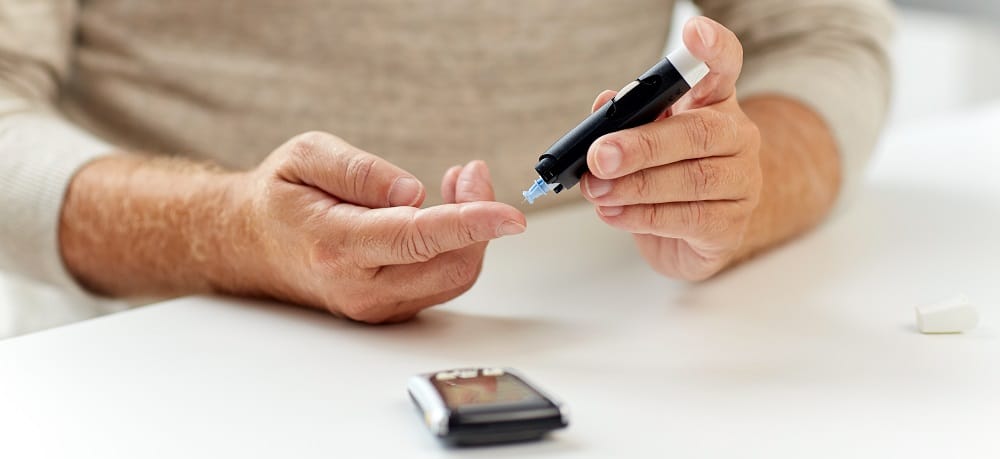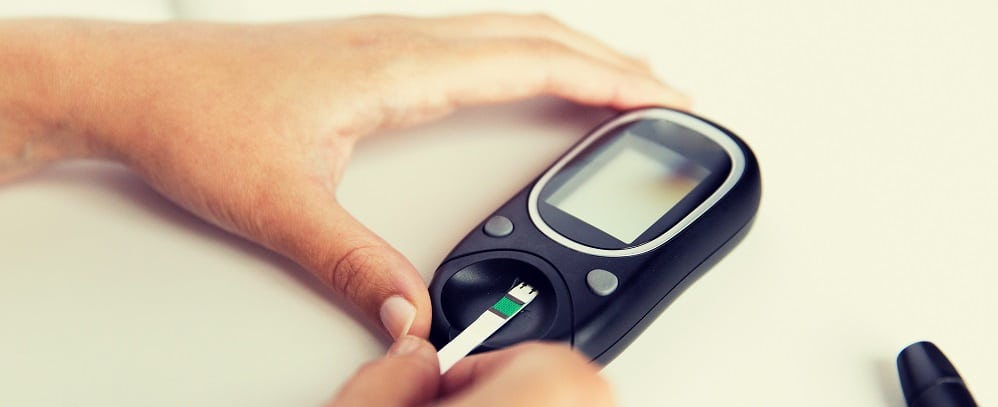Diabetes is a chronic medical condition that causes too much sugar in the blood. Millions of people are diagnosed with diabetes. However, only a small percentage of people receive Disability benefits for diabetes. This is because elevated sugar levels can be controlled through medication and diet. If an individual has diabetes that cannot be controlled, they may be eligible for benefits.
High sugar levels can also lead to other serious conditions that can prevent an individual from participating in routine activities. If your condition limits your ability to work, you should apply for disability benefits. You should compile a list all of your symptoms, even if they are not related to diabetes, before filing the application.
Types of Diabetes-
There are three types of diabetes:
- Type 1 or Juvenile diabetes
- Type 2 or Adult-onset diabetes
- Gestational diabetes
The medical name for type 1 and type 2 diabetes is Diabetes Mellitus. Gestational diabetes occurs during pregnancy.
Type 1 and type 2 are common types of diabetes. Type 1 is a severe form of diabetes that typically presents at an early age. Type 2 diabetes occurs over time when cells become resistant to insulin. Type 2 diabetes is common in people over the age of 45.
Regardless of the type, diabetes is a severe condition and can result in high blood pressure, kidney disease, nerve disease, stroke, and can cause damage to the eyes. Diabetes and Disability are indirectly related as uncontrolled diabetes can give rise to many other health issues. If you suffer from any disease that is caused by high levels of glucose in your body, the SSA will consider your application for SSD benefits.
Rules followed by SSA to approve disability for diabetes
The Social Security Administration makes no distinction between type 1 diabetes and type 2 diabetes. You may be eligible for social security disability benefits if you have uncontrolled diabetes that prevented you from working for at least 12 months. To qualify for the disability benefits, you should have symptoms that fall under the disability listings. There are various complications caused by diabetes, such as bacterial infection, retinopathy, and cardiovascular problems.
Therefore, according to the Social Security’s disability listing, your condition must be serious in order to qualify for disability benefits. For example, if you have poor vision or blurred vision between 20/100 and 20/200, you may be eligible for SSD benefits, or SSI for diabetes under the listing for retinopathy. Therefore, eligibility conditions depend on the symptoms from which you are suffering. Diabetes is one of the most prevalent diseases in the world. In order to qualify for benefits, your symptoms must be severe enough that your overall ability to work and function is limited.
Can You Get Disability for Diabetes?
If you meet the requirements of the listing, you can get disability benefits for diabetes. The SSA will assess your residual functional capacity (RFC) to check if you can work despite your illness. Your RFC will help in evaluating whether you can perform tasks on a daily basis or not.
If the RFC is limited and there is no work that you can perform, then you will get the disability benefits. However, the SSA will also look for possible unskilled jobs that an individual can do. Therefore, you can consult a Diabetes Disability Lawyer to understand whether you are eligible or not and to evaluate your own RFC value.
Documents needed to prove your disability due to diabetes- The following is a list of documents that you will need when you apply for social security disability benefits:
- Birth certificate or other proof of birth
- Proof of U.S. Citizenship
- Medical evidence and records
- Proof or records that you have been unable to work because of diabetes within the past twelve months
- Detailed reports and documentation by your doctor (your reports must show that the prescribed treatment did not provide any improvement in your condition)
- Adult Disability Report (must include details about your diabetic condition and your work history)
- Social Security card
It is difficult to get benefits for controlled diabetes. However, if you have any other medical condition as well, you may get be eligible for disability benefits. It is a prevalent and widespread disease. An individual may qualify for Social Security Disability benefits for diabetes.
Most people that apply for disability benefits get denied the first time due to lack of knowledge, an error, or missing information on the application form. Therefore, you must consult an experienced lawyer before applying. The lawyer will ensure that you meet all the requirements listed by the SSA in their Blue Book. They will file an appeal for you and help you get the claim for your diabetes disability.


